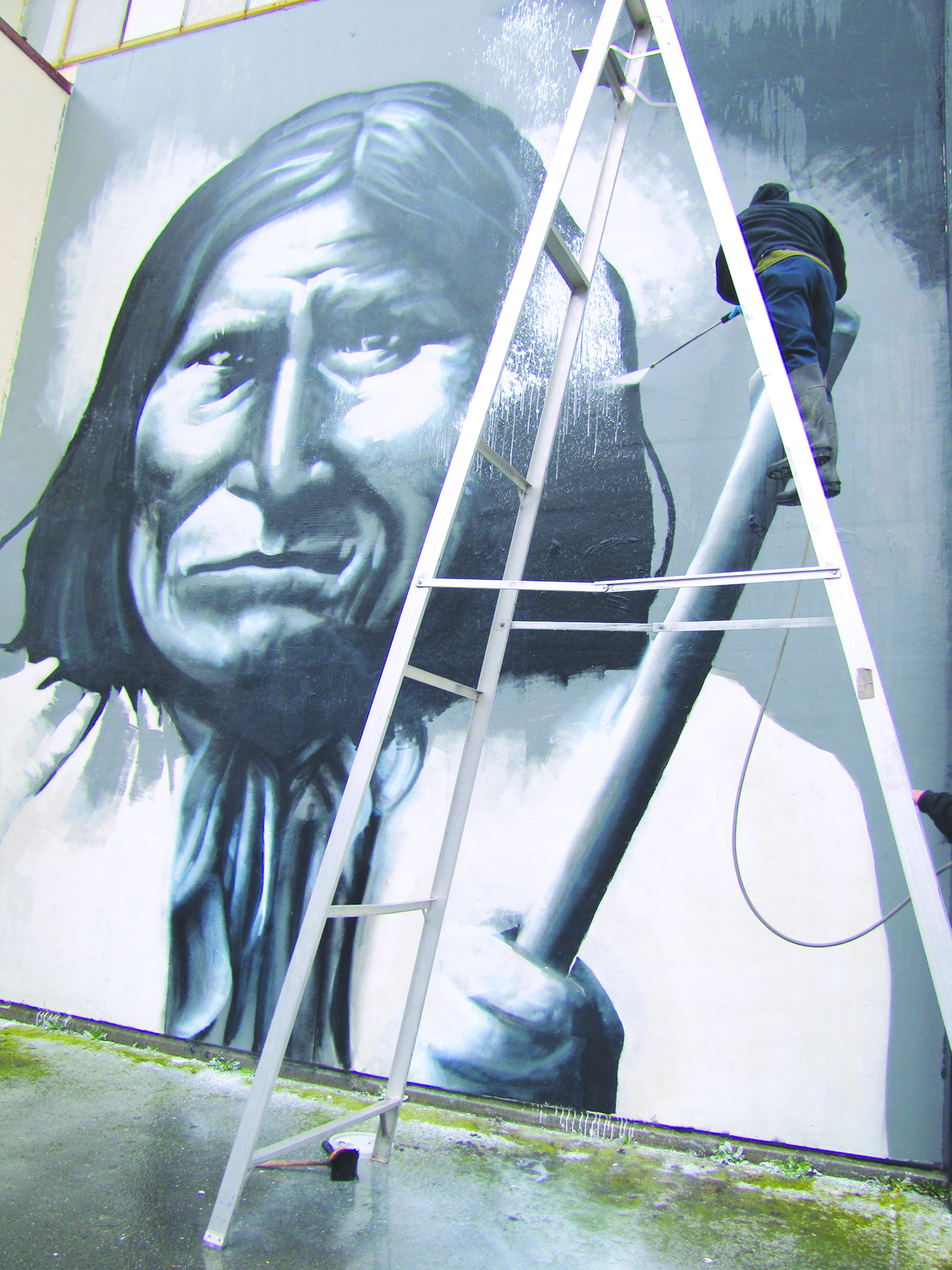According to projections from the office of Seattle Mayor Mike McGinn, over the next five years over 300 police officers will be hired by SPD – replacing officers who are reaching the end of their careers. In a press conference held this morning at El Centro de la Raza in the Central District, McGinn said this creates an opportunity “to shape the police department of the future.”
Specifically, McGinn – as part of the 20/20: Vision for the Future plan – wants to encourage more diversity among SPD officers, and today’s announcement touted new recruitment practices aimed at doing just that.
Here’s a look at some of the changes:
— The $25 “application fee” for potential officers will be scrapped.
–The city will institute “community based workshops” to help candidates prepare for testing.
— SPD will employ new advertising and recruitment materials designed using community input.
— SPD will forge partnerships with community-based organizations including Atlantic Street Center, Filipino Community of Seattle and El Centro De La Raza to help the recruitment process.
— SPD will implement a “strategic ethnic media advertising plan” in partnership with the Office of Immigrant and Refugee Affairs.
— SPD will utilize social media to carry out recruitment outreach.
— There will be several changes made to the “minimum hiring standards policy.” These changes include allowing tattoos, dental ornamentation and scarification. The marijuana policy has also been updated to require that new hires have not smoked weed in the past year, instead of fewer than 25 times overall.
— Lastly, during the background investigation portion of an application, SPD will seek context when viewing potential blemishes. According to a press release distributed by the mayor’s office, “… during the background investigation process SPD is interested in learning greater detail about challenges applicants may have faced, as well as the lessons the applicant has learned and the changes the applicant has made as a result. This context will be included in the review process.”
When it comes to the tats and bedazzled grills, the changes, according to SPD Sgt. Sean Whitcomb, come down to clarification. SPD has always allowed some tattoos, as long as the tattoos weren’t on the face, neck, ears or hands. But Whitcomb says the application was written in a way that made it sound as though all tattoos were prohibited. Moving forward, that’s going to change. Tattoos, scarification and dental ornamentation will now be reviewed on a case-by-case basis, with the intention of expanding the pool of applicants and not deterring those with tattoos, piercings or dental ornamentation from applying.
In many ways that was by design, says Whitcomb. Previously, Whitcomb says SPD’s hiring standards were intended to “eliminate as many candidates” as possible from the get-go, an approach that reduced the number of background checks that needed to be done and weeded out as many potential unsavory characters as possible – resulting in a small pool to hire from. But this approach also deterred a number of qualified people from applying, says Whitcomb – a problem this new path will hopefully remedy.
“A lot of people would just look at the hiring standards and not even bother,” says Whitcomb of the previous rules. “[People] really have to have a passion and a desire to want to be a police officer. We want to make sure that people who have an interest [in the profession] can feel empowered to actually try for that career.”








